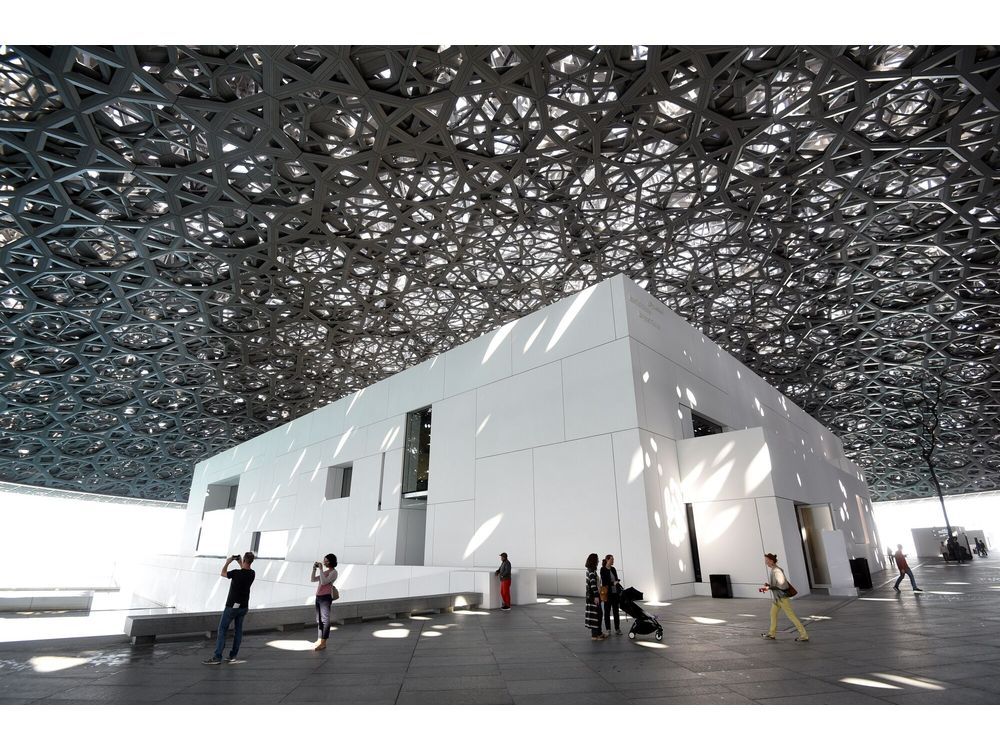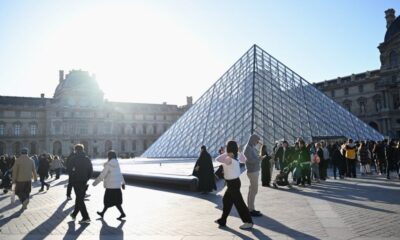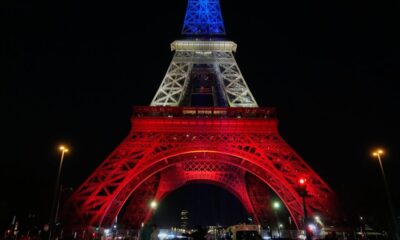Top Stories
Tourists Flee Heat Waves, Seek ‘Coolcations’ Amid Climate Crisis

UPDATE: The world’s tourism landscape is undergoing a dramatic shift as record heat waves and devastating wildfires drive vacationers away from traditional hotspots. Increasingly, travelers are opting for ‘coolcations’—destinations with milder climates—as nearly half of Virtuoso’s luxury travel advisors report clients changing their plans due to the escalating impacts of climate change.
As summer temperatures soar, renowned tourist sites like the Acropolis in Athens and the Eiffel Tower in Paris have faced temporary closures. These closures highlight a growing tourism divide across Europe, where northern coastal areas are projected to see a 5% increase in summer visitors, while southern regions may experience a 10% drop, according to a recent study by the European Commission.
The global trend is unmistakable: dangerously high temperatures are driving visitors away from popular destinations. For instance, Tokyo Disney Resort has seen a decline in attendance, and Six Flags Entertainment Corp. reported a staggering $100 million loss in the second quarter due to severe weather conditions.
Emerging destinations like Antarctica, Norway, and Iceland are now booming as tourists seek cooler retreats. Here’s how various regions are adapting to combat extreme heat and attract visitors.
Abu Dhabi is at the forefront, leveraging ancient practices and modern technology to tackle soaring temperatures, which reached 51.8°C (125°F) recently. The city’s Masdar City is a model of sustainability, with solar energy powering most needs and innovative designs creating microclimates that stay cooler than surrounding areas.
In Harbin, China, known for its frigid winters, the city is capitalizing on its climate by promoting summer attractions like the Harbin Ice and Snow World, where visitors can experience ice sculptures even during warmer months. A recent study revealed that for every 1°C rise in temperature, domestic tourism revenue in China falls by 6%. The government is responding with strategies to promote “heat-escaping” routes to cooler locales.
Meanwhile, Sapporo is gaining favor as a summer escape in Japan. The city is utilizing melted snow from winter to cool air conditioning systems, providing a refreshing atmosphere even as the rest of the country grapples with heat.
In Copenhagen, a unique initiative called CopenPay rewards environmentally conscious tourists with discounts and free excursions for arriving by train. The city has invested 3 billion Danish kroner ($468 million) into cleaning its harbor, leading to viral public swimming spots and cooling parks that absorb rainwater and lower temperatures.
Paris has also taken drastic measures to combat heat, creating over 800 ‘cool islands’ with parks and shaded areas. The city’s most notable change is the recent decision to allow swimming in the Seine River, which has been off-limits for a century but is now open for a limited time during summer.
Singapore’s iconic Supertrees not only attract tourists but also help regulate the urban climate. The city uses innovative designs and energy-efficient systems to maintain cooler public spaces, creating a more enjoyable environment for visitors.
In Phoenix, Arizona, the city has launched a ‘Cool Pavement’ program, applying solar-reflective materials on over 140 miles of streets to reduce surface temperatures significantly. However, safety measures are critical, as the city directs tourists toward safer activities, closing hiking trails during extreme heat and promoting evening events at local attractions.
As global temperatures continue to rise, the push towards ‘coolcations’ is more than a trend—it’s a necessity for many travelers seeking refuge from the relentless heat. The tourism industry is rapidly adapting, and these changing dynamics will reshape travel patterns for years to come.
Stay tuned for more updates as this story develops.
-

 Politics4 weeks ago
Politics4 weeks agoSecwepemc First Nation Seeks Aboriginal Title Over Kamloops Area
-

 World5 months ago
World5 months agoScientists Unearth Ancient Antarctic Ice to Unlock Climate Secrets
-

 Entertainment5 months ago
Entertainment5 months agoTrump and McCormick to Announce $70 Billion Energy Investments
-

 Science5 months ago
Science5 months agoFour Astronauts Return to Earth After International Space Station Mission
-

 Lifestyle5 months ago
Lifestyle5 months agoTransLink Launches Food Truck Program to Boost Revenue in Vancouver
-

 Technology3 months ago
Technology3 months agoApple Notes Enhances Functionality with Markdown Support in macOS 26
-

 Lifestyle3 months ago
Lifestyle3 months agoManitoba’s Burger Champion Shines Again Amid Dining Innovations
-

 Top Stories2 months ago
Top Stories2 months agoUrgent Update: Fatal Crash on Highway 99 Claims Life of Pitt Meadows Man
-

 Politics4 months ago
Politics4 months agoUkrainian Tennis Star Elina Svitolina Faces Death Threats Online
-

 Sports5 months ago
Sports5 months agoSearch Underway for Missing Hunter Amid Hokkaido Bear Emergency
-

 Politics5 months ago
Politics5 months agoCarney Engages First Nations Leaders at Development Law Summit
-

 Technology5 months ago
Technology5 months agoFrosthaven Launches Early Access on July 31, 2025





















